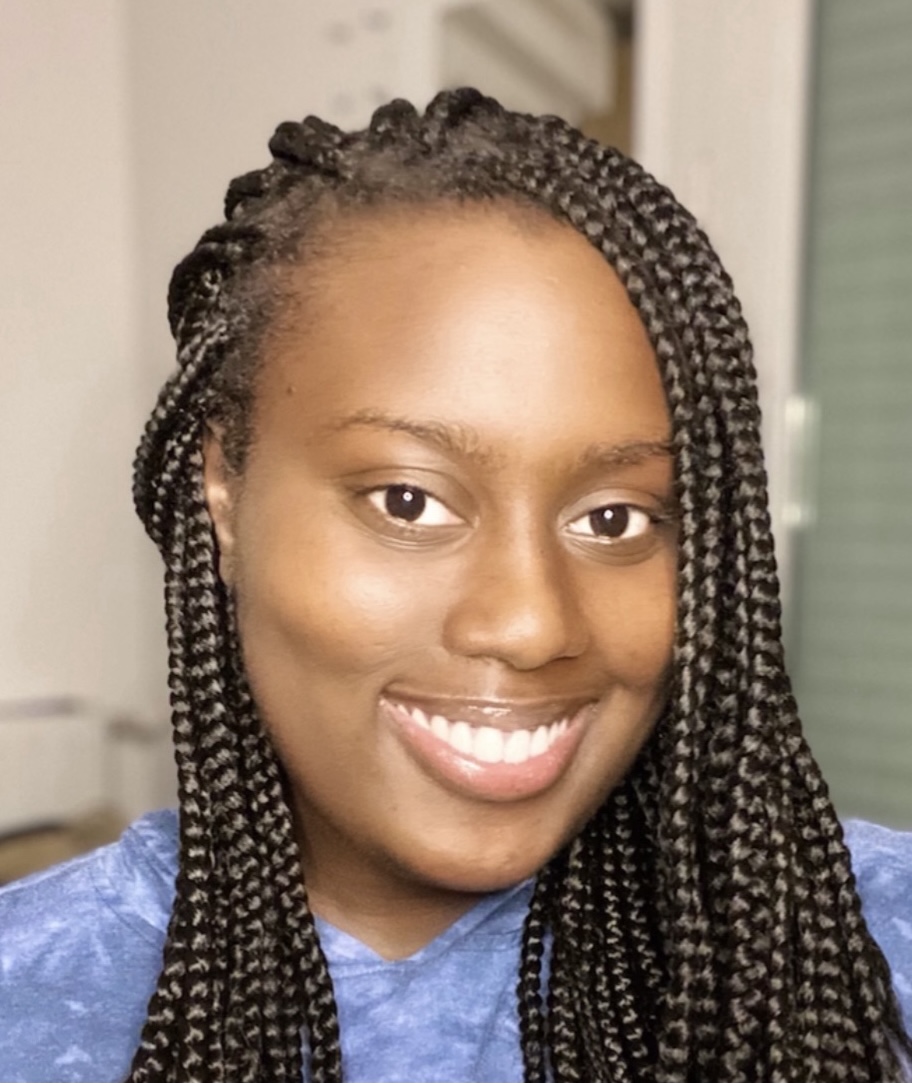|
I am a PhD student at McGill University. In my research, I work on the application of deep learning and reinforcement learning. I aim to apply those methods to industry problems particularly within the realm of the curse of dimensionality. My work is funded by a Dean fellowship and MILA fellowship. I was also recently awarded the Women In AI Excellence scholarship from MILA. Prior to joining McGill I worked as a quantitative analyst at Société Général. I did my undergraduate and part of my graduate training in France where I attended Lycée Sainte-Croix Sainte-Euverte and ENSIIE-France's Grandes Ecoles system. I hold an engineering degree in applied mathematics and computer science from ENSIIE and spent the third year of ENSIIE's curriculum at Paris Saclay University where I earned a Master in quantitative finance with first class honors. My outstanding academic performance was recognized with the award of the Sophie Germain Excellence Scholarship for my Master's in Quantitative Finance. |

|
|
I'm interested in machine learning, deep learning, reinforcement learning, stochastic control problems, stochastic differential equations and partial differential equations. I am currently working on finding a suitable mathematical model that could be use for deep reinforcement learning in order to solve problems for which the state space is continuous or infinite, |
|
During my undergraduate and graduate studies degree I had the chance to work on some research projects alone or with my classmates |